Understanding the Manufacture of Plastic Parts
The manufacture of plastic parts is a complex yet fascinating process that has transformed industries across the globe. With applications ranging from automotive to consumer goods, the demand for high-quality, durable plastic components continues to rise. Understanding the intricacies of plastic part manufacturing is crucial for businesses aiming to innovate or improve their product lines.
The Basics of Plastic Manufacturing
Plastic manufacturing involves several processes that convert raw plastic materials into finished products. This transformation is contingent upon specific methodologies that ensure efficiency, durability, and functionality of the final parts. The type of plastic chosen, the manufacturing techniques employed, and the intended use of the part play significant roles in the overall process. The most common methods include injection molding, extrusion, and blow molding. Each of these techniques serves different needs and is advantageous for various applications, making it essential for manufacturers to select the appropriate process for their specific requirements.
Common Materials Used in Plastic Parts
Different types of plastics are preferred for manufacturing, each offering unique properties that cater to specific applications. Common materials include:
- Polyethylene (PE): Known for its toughness and chemical resistance, ideal for packaging and containers.
- Polypropylene (PP): Often used in automotive components and consumer goods for its strength and fatigue resistance.
- Polyvinyl Chloride (PVC): Used in pipes and construction materials due to its durability and weather resistance.
- Polystyrene (PS): Lightweight and versatile, utilized in disposable cutlery and packaging.
- Polycarbonate (PC): Known for its impact resistance, frequently used in safety equipment and electronics.
The specific properties of these materials can greatly influence the choice of manufacturing process, aimed at maximizing performance and cost-effectiveness.
Significance of Precision in Manufacturing
Precision is paramount in the manufacture of plastic parts. Even minor deviations during the production process can lead to significant issues such as poor fit, reduced functionality, and increased waste. Therefore, adopting stringent quality control measures and utilizing advanced technology is essential for ensuring that each part meets the required specifications. Investing in state-of-the-art machinery and skilled labor can lead to increased productivity, minimized defects, and ultimately, higher customer satisfaction.
Popular Methods for Manufacturing Plastic Parts
Understanding various plastic manufacturing methods is crucial for selecting the right technique for your project. Each process has its own advantages and is optimal for specific applications or production volumes.
Injection Molding Explained
Injection molding is the most widely used plastic manufacturing technique, particularly for mass production. This method involves injecting molten plastic into a mold where it cools and solidifies into the desired shape. The process allows for the production of complex geometries with high precision and low variation. The steps involved in injection molding include:
- Material Feeding: Plastic pellets are fed into a hopper and heated until molten.
- Injection: The molten plastic is injected into a mold at high pressure.
- Cooling: The plastic solidifies within the mold.
- Ejection: The finished part is ejected from the mold.
Injection molding is ideal for producing high volumes of parts quickly and efficiently, making it a go-to choice for industries like automotive, medical, and consumer goods.
Exploring Plastic Extrusion
Plastic extrusion is another popular manufacturing method, particularly for producing continuous shapes such as tubes, sheets, and profiles. During the process, plastic pellets are melted and forced through a die that shapes the material into a specific profile. The resulting extruded plastic is cooled and cut to size. Some key benefits of plastic extrusion include:
- Ability to produce long lengths of uniform cross-section.
- Cost-effectiveness for large production runs.
- Customization options for various material formulations.
Extrusion is commonly used for items like piping, weather stripping, and sheet products, highlighting its versatility in industrial applications.
Benefits of 3D Printing in Manufacturing
3D printing, also known as additive manufacturing, has emerged as a revolutionary technique in the manufacture of plastic parts. Unlike traditional methods, 3D printing builds parts layer by layer from a digital model. This innovative approach offers numerous benefits, such as:
- Rapid Prototyping: The ability to create prototypes quickly allows for faster design iterations.
- Complex Geometries: Capable of producing intricate designs that would be challenging with traditional methods.
- Material Efficiency: Reduces waste as materials are only used where needed.
While 3D printing may not be as cost-effective as injection molding for mass production, it provides unique advantages for low-volume or highly customized parts.
Choosing the Right Manufacturing Process
Selecting the correct manufacturing process for plastic parts is critical to ensure that the product meets quality, cost, and performance requirements. This decision is influenced by various factors.
Key Factors to Consider
When determining the appropriate manufacturing method, several factors should be evaluated:
- Production Volume: Mass production may favor injection molding, while low-volume runs may benefit from 3D printing or CNC machining.
- Material Specifications: The type of plastic used will dictate the suitable manufacturing methods.
- Complexity of Design: Intricate designs might require advanced techniques like 3D printing or multi-material molding.
- Cost Constraints: Evaluate initial tooling investments versus production efficiency over time.
Cost Implications for Different Techniques
The cost of manufacturing plastic parts varies significantly by technique. Injection molding, for example, entails significant upfront costs for mold creation but becomes more cost-effective over high volumes. Conversely, extrusion may have lower initial costs but less flexibility in design. Understanding these cost dynamics ensures that manufacturers can select processes that align with their budgetary goals while maintaining quality and precision.
How to Match Processes to Product Types
Matching the right manufacturing process to the product type is essential for achieving optimal results. For instance:
- Durable Consumer Goods: Injection molding is ideal for producing complex shapes with high durability.
- Lightweight Structures: Extrusion can effectively create lightweight profiles for construction materials.
- Highly Custom Parts: 3D printing excels in producing customized components that traditional methods cannot easily create.
By strategizing the match between product requirements and manufacturing methods, businesses can enhance their product offerings while optimizing resources.
Quality Control in Plastic Part Manufacturing
Ensuring quality in plastic part manufacturing is crucial for maintaining customer trust and competitive advantage. Quality control processes should be integrated throughout the manufacturing cycle to minimize errors and defects.
Importance of Quality Assurance
Quality assurance (QA) covers systematic procedures designed to ensure that products meet specified requirements. It not only prevents defects but also enhances product reliability and customer satisfaction. With rigorous QA protocols, manufacturers can expect:
- Lower rates of product return and rework.
- Improved company reputation and market standing.
- Increased efficiency due to reduced waste and materials handling.
Testing Methods to Ensure Reliability
Various testing methods are employed to evaluate the quality of plastic parts. Key methods include:
- Dimensional Inspection: Verifying that parts meet precise measurements as specified by engineering drawings.
- Mechanical Testing: Evaluating the physical properties such as tensile strength, impact resistance, and flexibility.
- Thermal Testing: Assessing how materials behave under heat to guarantee performance in intended applications.
Implementing these testing methods ensures the finished products meet industry standards and customer expectations.
Implementing Continuous Improvement Strategies
Continuous improvement strategies help manufacturers optimize their processes, reduce waste, and enhance product quality. Techniques such as Lean Manufacturing and Six Sigma can be instrumental in fostering a culture of improvement. These methodologies focus on:
- Identifying and eliminating inefficiencies.
- Enhancing employee involvement through training and engagement.
- Monitoring processes with real-time data analytics to drive informed decisions.
By prioritizing continuous improvement, manufacturers can ensure long-term success and adaptability in a competitive market.
Future Trends in Plastic Parts Manufacturing
The landscape of plastic parts manufacturing is evolving, influenced by technological advancements and changing market dynamics. Being aware of future trends can help businesses strategize effectively.
Adoption of Eco-Friendly Materials
With growing environmental concerns, the plastic industry is increasingly moving towards sustainable practices. Manufacturers are exploring biodegradable alternatives and recycling initiatives that reduce waste and energy consumption. Common eco-friendly materials include:
- PLA (Polylactic Acid): Derived from renewable resources, it is compostable and used in various applications.
- Recycled PET (rPET): Environmentally friendly choice made from recycled plastic, commonly used in packaging.
Embracing eco-friendly materials not only helps mitigate environmental impact but also appeals to eco-conscious consumers, enhancing brand loyalty.
Technological Innovations Shaping the Industry
Technological innovations are driving efficiency and capabilities in plastic parts manufacturing. Notable advancements include:
- Smart Factories: Integration of IoT (Internet of Things) technology allows for real-time monitoring and automation of manufacturing processes.
- Advanced Robotics: Automation solutions enhance precision, speed, and safety in manufacturing lines.
- Machine Learning: Data analytics and machine learning help predict maintenance needs, reducing downtime and improving productivity.
By adopting these technologies, manufacturers can enhance operational efficiency and stay ahead of the curve.
Forecasting Market Demands and Adaptations
Understanding market trends is crucial for timely adaptations in manufacturing strategies. As consumer preferences shift towards personalized and functional products, manufacturers must be prepared to pivot swiftly. Emphasis on customization and flexibility will dominate the future of plastic parts manufacturing. Companies that respond proactively to these demands – through rapid prototyping or varied production capabilities – are likely to gain a significant market advantage.
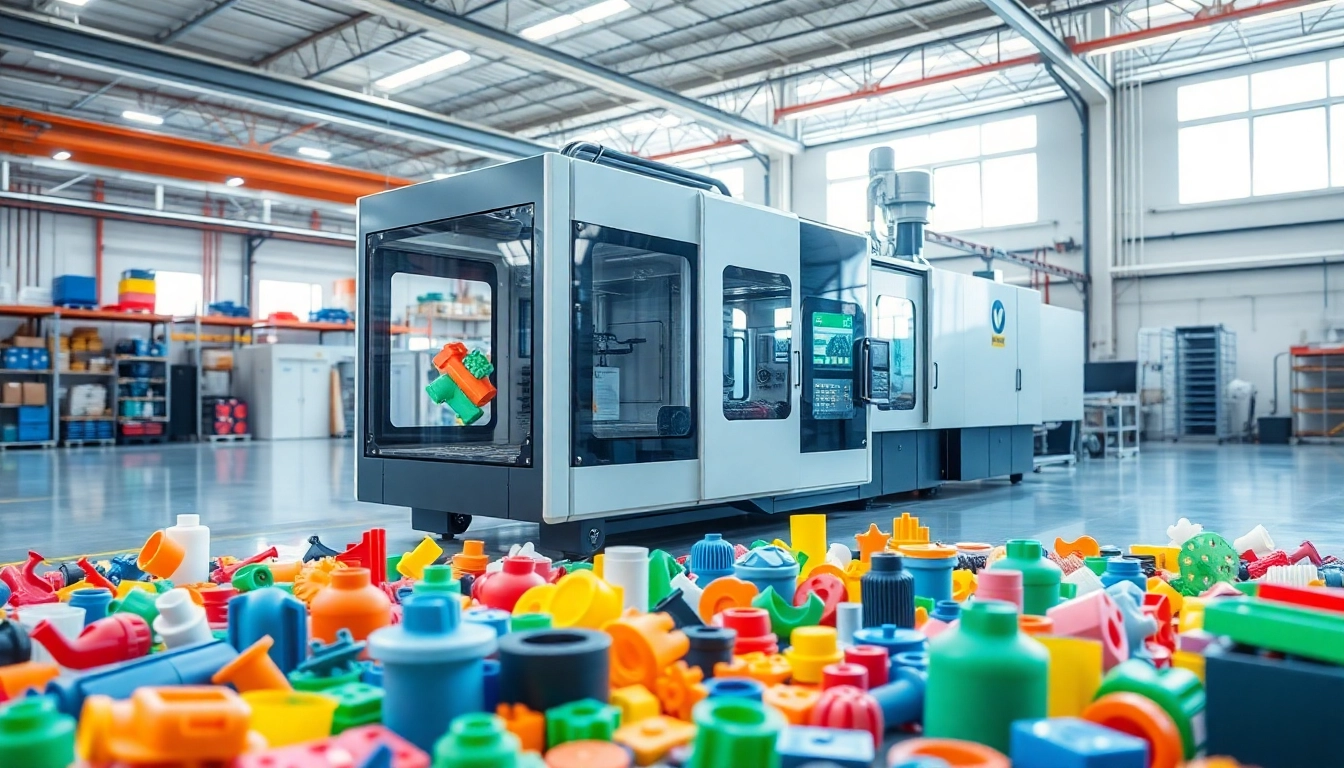

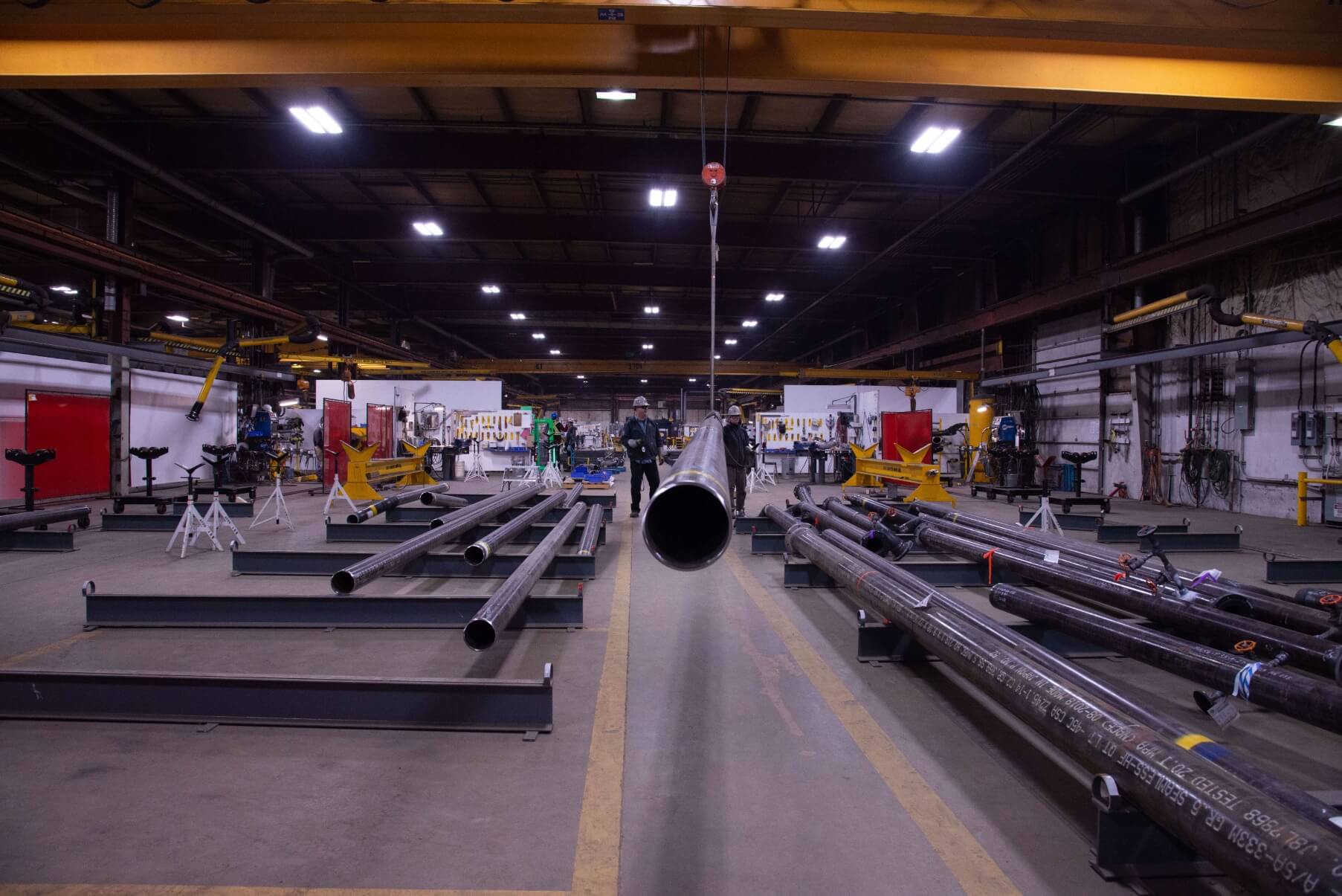

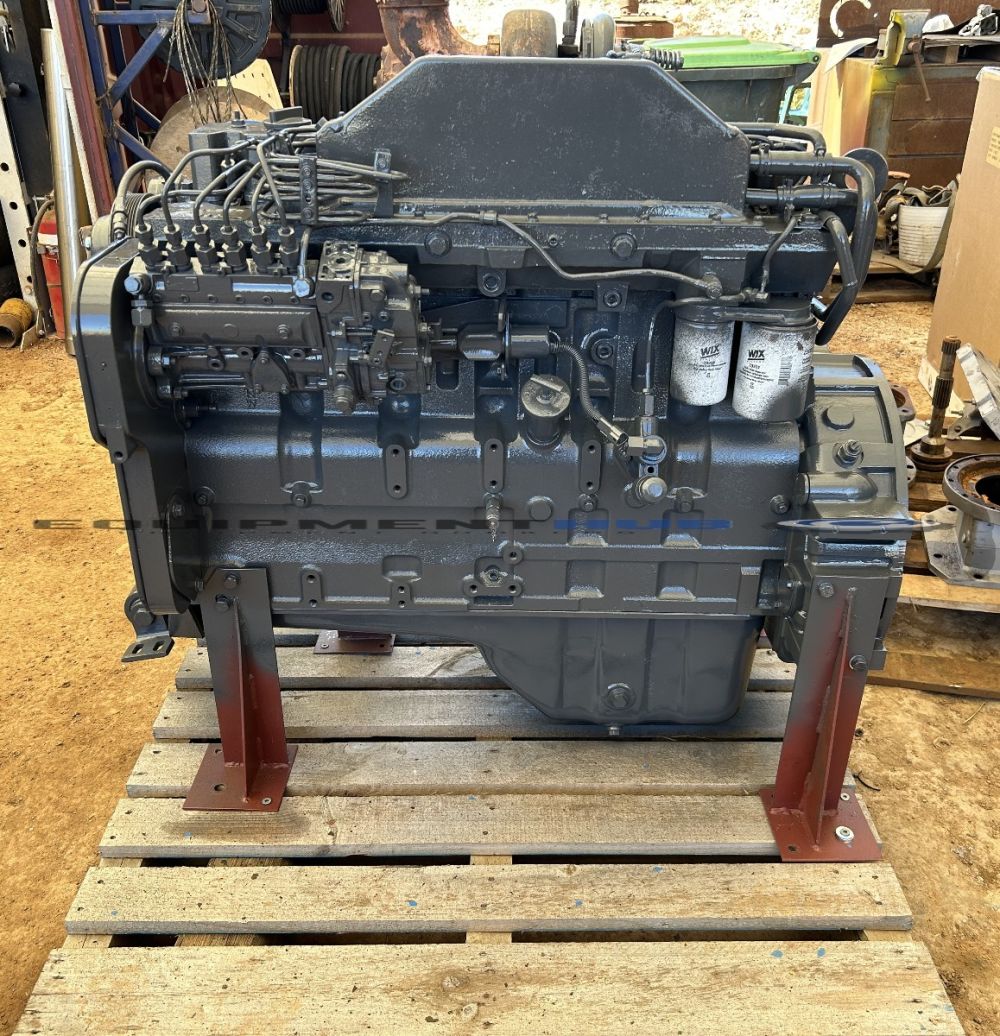




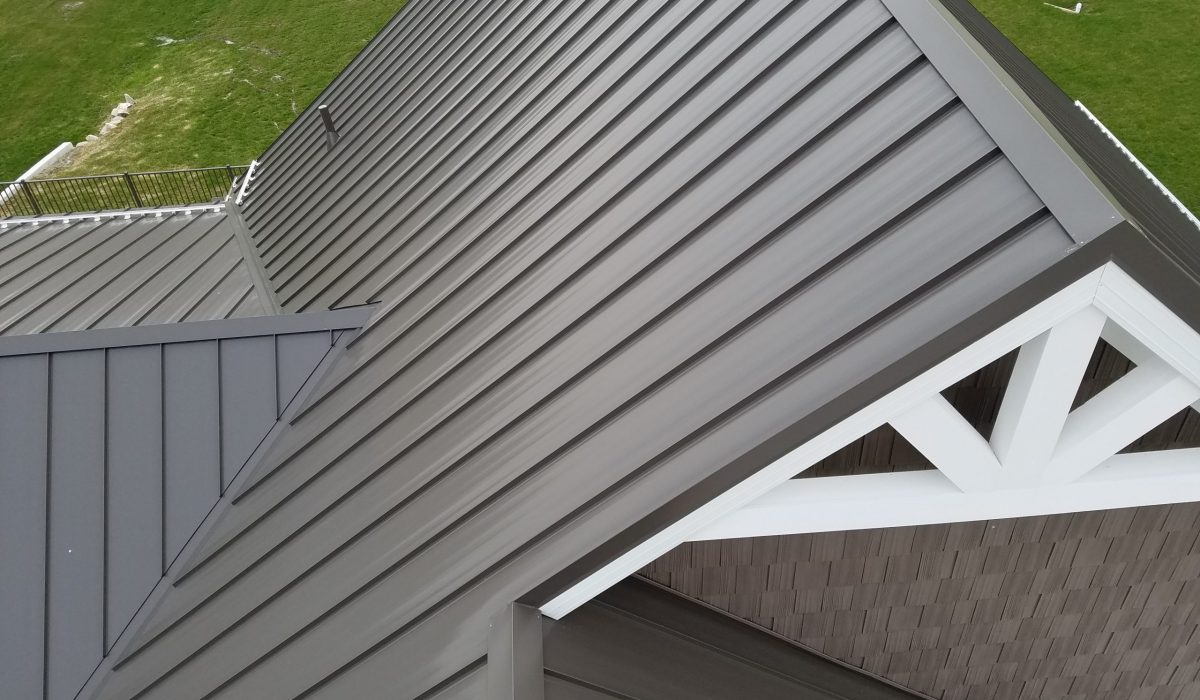
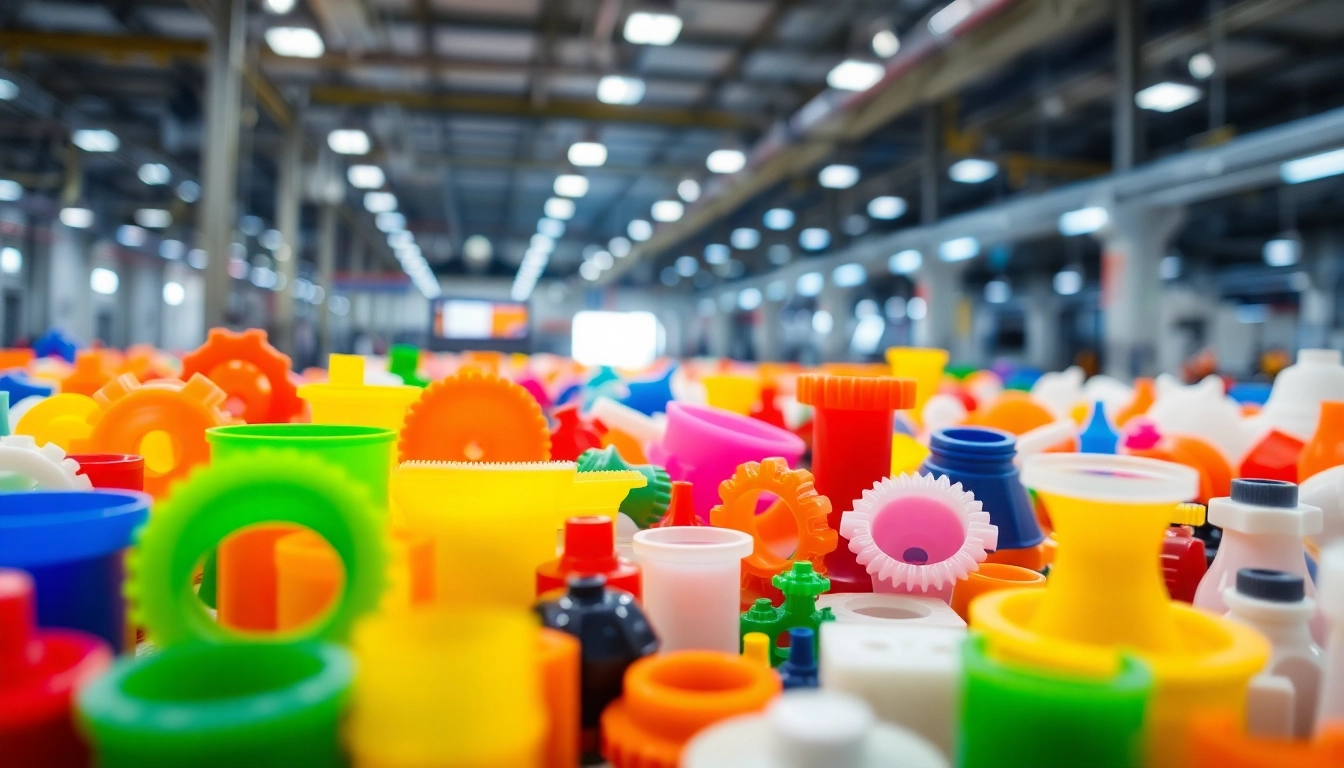
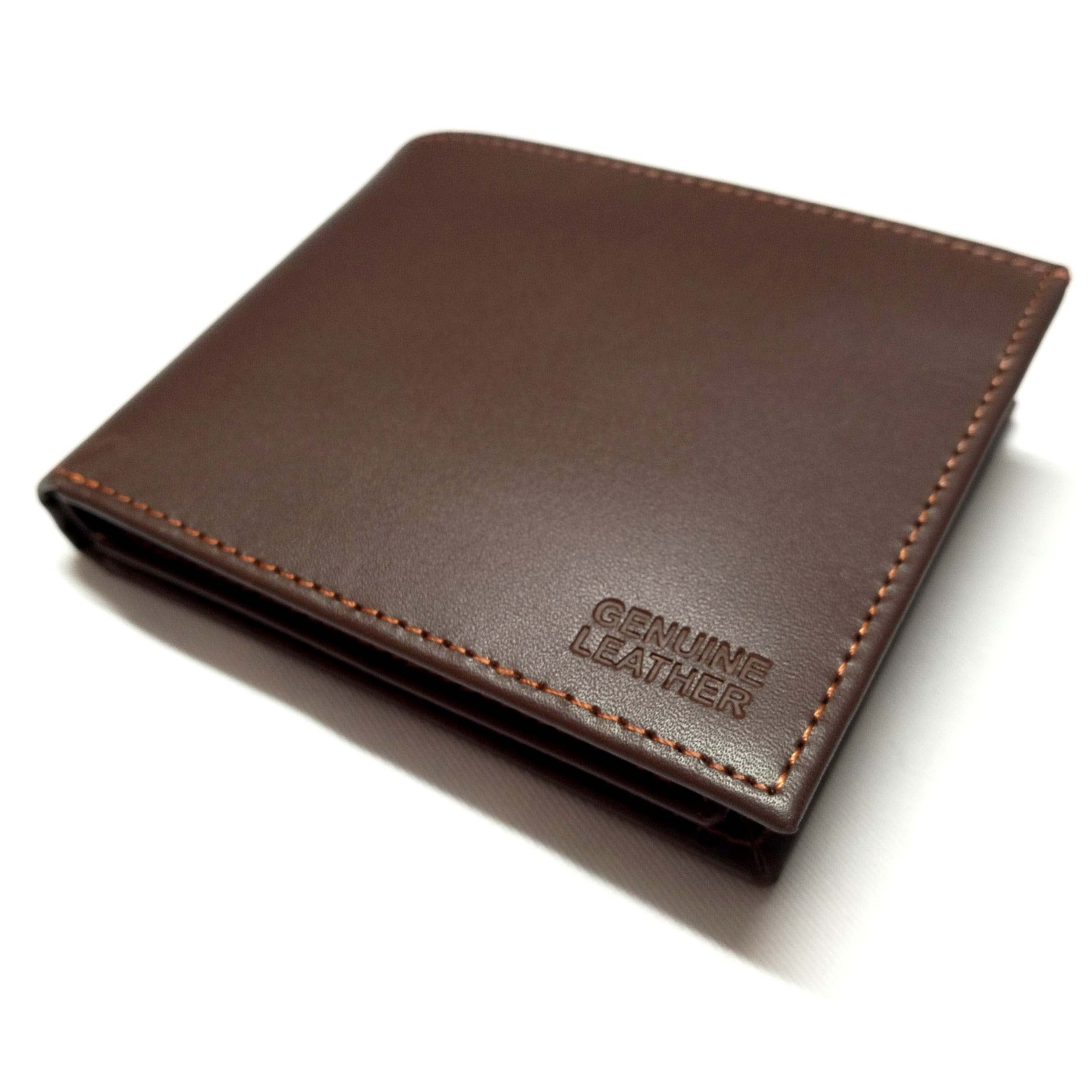



Leave a Reply